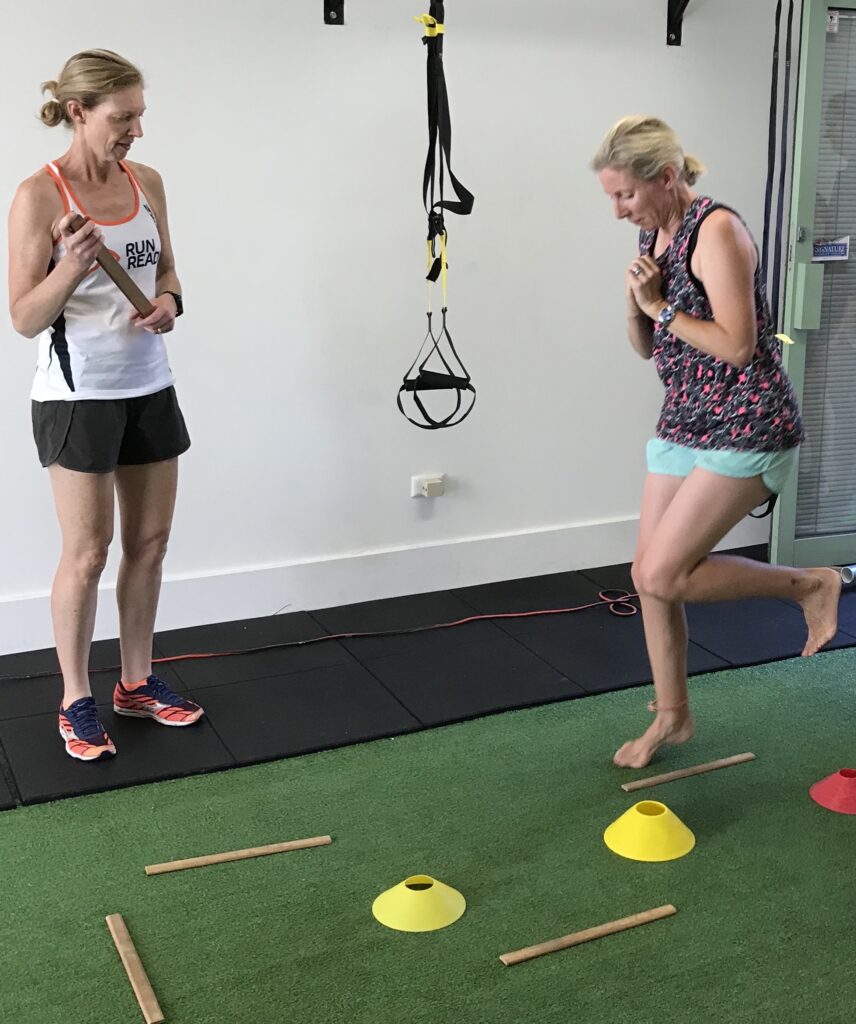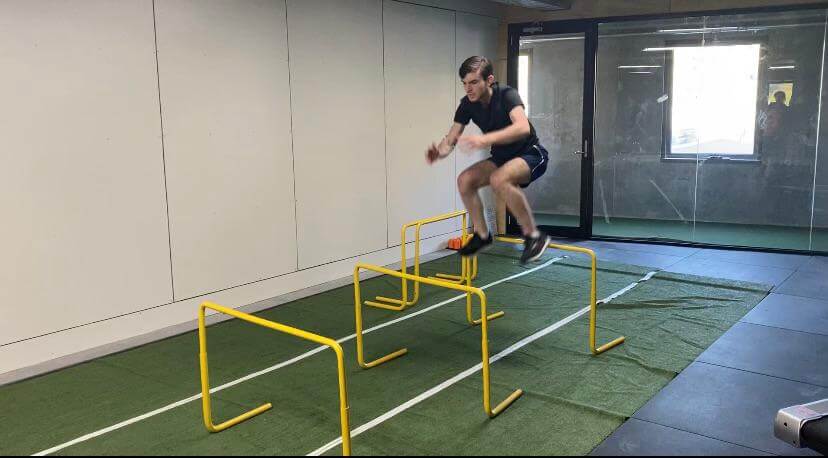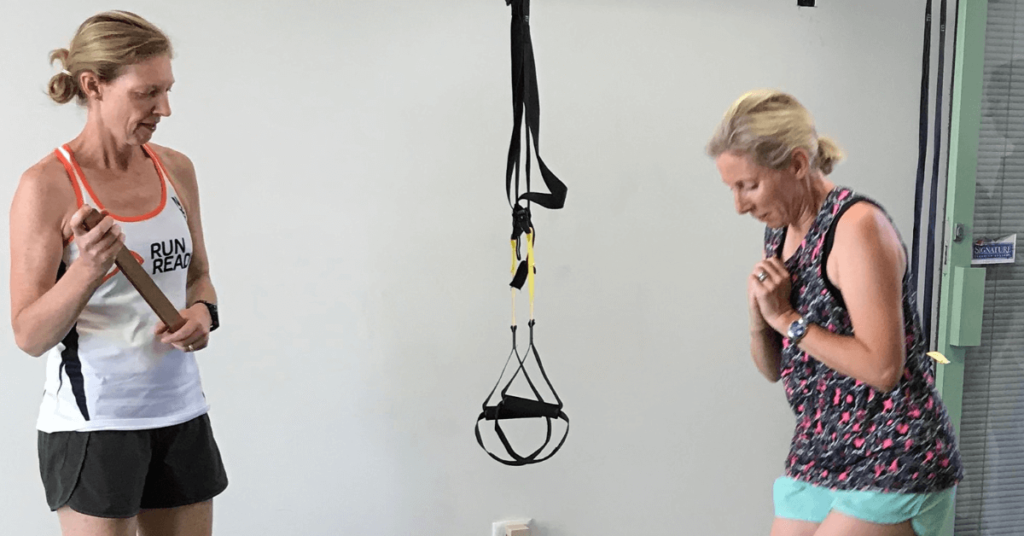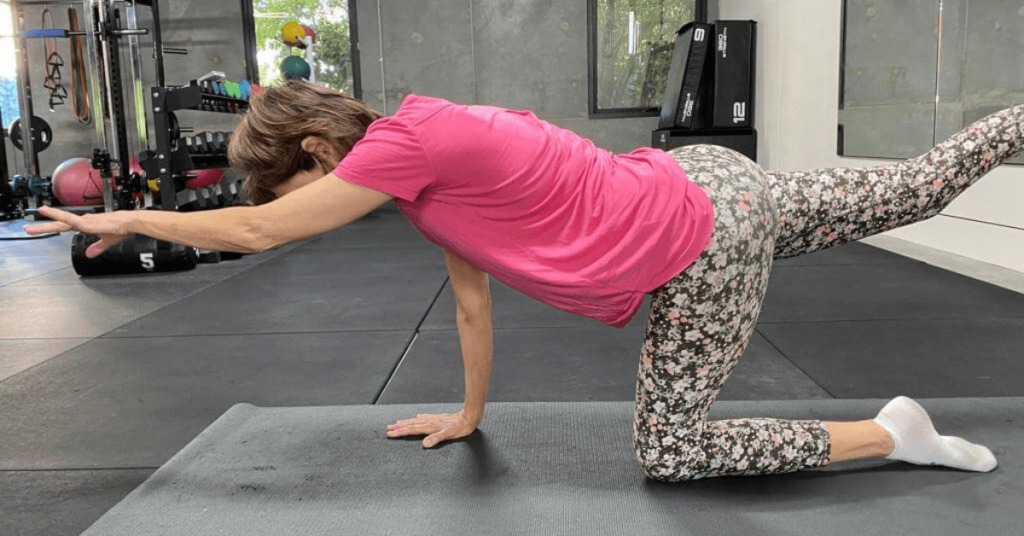Army Strength and Conditioning Coach - What Makes Them Unique?

Starting a profession as an athletic trainer is like stepping into quicksand. If you enter this field for these reasons, it will become an inextricable part of your self-identity. We are not talking about a fun profession to become addicted to; we are talking about a change in your personality.
Every career facet in army strength and conditioning is done with a purpose, one of the most distinctive and fulfilling field aspects.
What is Tactical Strength and Conditioning?
It is the strategic use of strength and conditioning principles of law enforcement and military training context. Firefighters, police officers, emergency medical service professionals, and tier 1 military are considered tactical athletes. The tactical athletes’ performance will be improved at all levels by highlighting distinctive obstacles, identifying customary solutions, and studying existing and future research.
Tactical Strength and conditioning is a comprehensive approach to tactical athlete recovery and performance enhancement to maximise combat effectiveness.
What Does Army Strength and Conditioning Coaching Aim?
It is difficult, but not impossible, to break into the field of Strength and conditioning unless you hire a professional strength and conditioning coach. Gaining a foothold necessitates dedication; if your objective is to be truly great, that dedication must border on fanatical.
While there are some similarities between resistance training for a combat athlete and that for a field sports or track-based athlete, the soldier faces several additional pressures and external factors that can affect the overall effectiveness of a training programme, either collectively or individually. Whether a soldier is in barracks training, on a field exercise, or an operational deployment determines these parameters.
Long slow distance endurance jogging, combat load-carriage marching, and high repetition circuit-based training have long been associated with Army physical training, where repetitive overuse injuries are frequent. Long-term athlete development is crucial, and periodized Strength and conditioning combined with suitable recovery regimens are essential in guaranteeing the wellness and longevity of combat athletes.
The emphasis on training has had to alter to ensure aerobic fitness and muscular endurance are vital. Combat athletes, in particular, require Strength, power, speed, and various other fitness components that are disregarded when programming. This article emphasizes the aspects to consider while programming for combat athletes and the underlying reasons that hinder their ability to stick to strength and conditioning programmes.
What Is The Framework for Tactical Reformulation?
The purpose of substantial tactical Strength and conditioning coaching is to build strong athletes who can creatively navigate the inherent challenges. These include offsite training requirements, deployment schedules, trips to multiple time zones, permanent assignment changes, and difficult operational conditions. These features highlight the most significant differences between tactical and athletic programmes.
There are many approaches to coping with these issues. It all boils down to inventive programming and the capacity to think and respond fast to changing micro-level events. To address preventative components and performance, athletes can mix rehabilitative and Strength movements into training circuits. As the athlete progresses through the deployment cycle, from recovery to transition, developing a foundation to sport-specific deployment, the focus of performance-based and rehabilitative training alters.
1. Recovery
Following deployment, the first training phase focuses on restoring baselines and rebuilding the operator. Early-stage reintegration into the training process can significantly benefit an athlete’s career. Injuries can vary from minor overuse concerns to lost limbs.
During this phase, endurance and Strength improvements are kept simple and linear, physiological conditioning work capacity is an increased volume at lower intensities, and rehabilitation is reactive, with coaches responding to injuries suffered during the last deployment. Across all stimuli, the concentration is on foundation building.
2. Transition
This phase is an iteration during which the focus moves from dealing with the last deployment to planning for the next. The training itself may not alter significantly from the cycles delivered during the Recovery Phase. But the mental shift is evident in that all future activities will be immersed in the upcoming mission set.
3. Base
For tactical strength and conditioning specialists, this training is the most significant and most challenging to navigate. With tactical athletes’ high operating speed, the specialist must walk a tight the distinction between simply preserving and actively boosting performance. The training required for a hilly deployment will differ significantly from that desert operation. When tactical athletes are away from any familiar training environment, Shorter, more challenging cycles are frequently blended with longer maintenance cycles in Base Phase programming. Because training time is generally limited, strength and endurance progressions are usually shorter, with intensity taking precedence over volume. Although still in an unadjusted state, more strategic training on agility, speed, and work capacity is introduced.
4. Strategic
Coaching becomes almost entirely sport-specific during the final period of training before deployment. Operators should recover fully from injuries incurred on the previous deployment if the performance team is victorious.
As teams draw closer to deployments, the time they spend away from their home stations drops slightly, allowing them to spend more time at home. Because the nature of the training must adapt to reflect the intrinsic complexity of the upcoming deployment, it is advantageous to the tactical strength and conditioning coach. Although the focus should remain on creating functional working fitness, both volume and intensity should be high.
During this phase, it is critical to incorporate weighted and pre-fatigued motions. Range fitness (incorporating weaponry into training), timed target acquisition inside metabolic circuits, and exhausted battlefield medicine techniques are the most unusual concepts introduced.
5. Deployment
All preceding training stages should be harmoniously integrated to move a tactical athlete to the next. When properly planned, the training will easily supplement any job-specific requirements. The athlete is required to do the following: prevent injuries, maintain fitness levels, and continuously improve overall performance throughout the athlete’s career.

Why Is Tactical Strength and Conditioning Coaching Important?
Tactical Strength and conditioning coaching are vital for preparing athletes for high-operational tempos and safeguarding athletes against themselves. Total injury rates for musculoskeletal injuries are roughly 25 per 100 operators per year, and avoidable injury rates are 19 per 100 subjects per year. Seventy-five per cent of preventable injuries occur during some physical activities (command organised, non-command organised, or unknown). Given the high incidence of injuries linked to inadequate physical training, it stands to reason that a properly managed performance programme by a professional elite trainer can help tactical players preserve their health and well-being.,
What Is The Potential of Tactical Strength and Conditioning Coaching?
It’s difficult to anticipate the future of tactical Strength and conditioning because of the unpredictable nature of the conflict. Increased funds and personnel lead to advancements in all aspects of tactical Strength and conditioning. Wearable technology, nutritional supplementation, high-level recuperation procedures, and third-party software platforms are getting special attention. The accuracy and effectiveness of existing physical fitness assessment procedures are another key focus. These tests almost always reflect out-of-date training methods and a focus on muscular endurance and aerobic fitness. Training effectiveness, injury status, performance data, and operators’ capacity to return to duty after being pulled off should be included in future testing.
This performance will gain considerable support as tactical athletes recognise the relevance of fit nutritional principles and new technology to acquire dietary patterns more accessible.
What Are The Athlete Considerations On Army Strength and Conditioning?
While there are some similarities between resistance training for a combat athlete and that for a field sports or track-based athlete, the soldier faces several additional pressures and external factors that can affect the overall effectiveness of a training programme, either collectively or individually. Whether a soldier is in barracks training, on a field exercise, or an operational deployment determines these parameters.
1. Access to Facilities and Equipment
Although most Army post gyms have expanded in recent years, the use of strength training equipment (rigs, platforms, Olympic bars, and bumper plates), due to unit tempo, access to it is occasionally restricted by work responsibilities placed on soldiers. While most soldiers will try to make up for missing training sessions, this is inefficient when trying to stick to a schedule.
2. Group training size
This issue is linked to facilities and equipment because, unlike a sports team programme, army training sessions might encompass up to 100+ troops, limiting the capacity of physical trainers or fitness leaders to perform assigned sessions effectively. Compared to a smaller group dynamic, these high group sizes limit equipment availability and hinder the trainer’s capacity to properly coach and fault correction.
3. Temporal factors
Soldiers are occasionally prevented from completing all required training sessions within a given training block due to time constraints, similar to those imposed by facilities and equipment. Also, due to other commitments, the time allotted for sessions may be cut short, preventing the entire completion of that particular training session. Again, these are not ideal conditions, and troops may miss out on aspects of fitness during a training block, such as Strength, energy system development, speed, or designated rest times.
4. Nutrition, Recovery, and Sleep
Again, depending on the setting and time of day, troops may not always have the time or access to good nutritional and recuperation techniques owing to reasons beyond their control. It impacts their sleep habits, and in certain circumstances, inadequate hours of sleep before the following training session limits their recuperation.
Conclusion
As the demand for high-level coaching grows, tactical Strength and conditioning will become increasingly important, as high-operational time takes its toll on tactical athletes physically and emotionally. Innovative and changing methods of periodisation, and the creative application of more established ones, will result in new results and information about tactical athlete training. More studies will be performed to discover the most effective ways to provide the services that tactical athletes require when more funding becomes available for selected answers and the coaches involved in delivering the prevention, treatment, sustainment, and enhancement.




